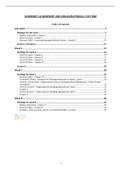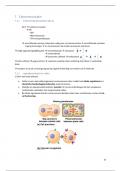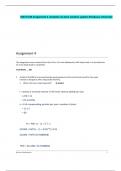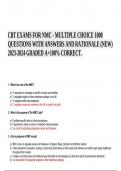Samenvatting
Summary leadership and organisational culture (7202BA04XY)
This summary contains: Robbins & Barnwell – Chapter 1 Schein & Schein – Chapter 1 Alvesson (2002) – Understanding organizational cultures – chapter 2 Schein & Schein – Chapter 2 Schein & Schein – Chapter 8 Schein & Schein – Chapter 9 Schein & Schein – Chapter 10 Schei...
[Meer zien]







